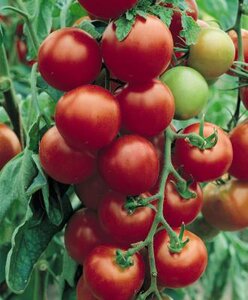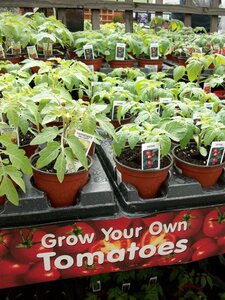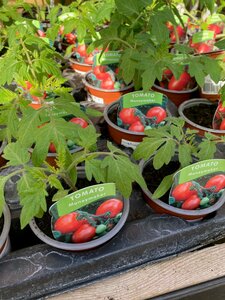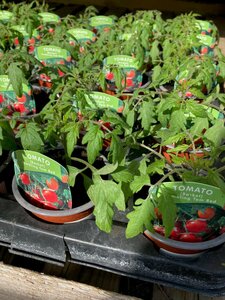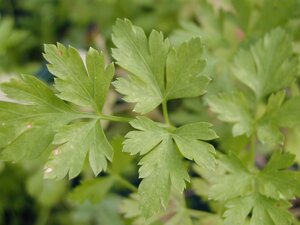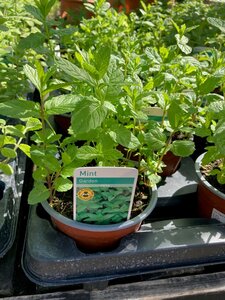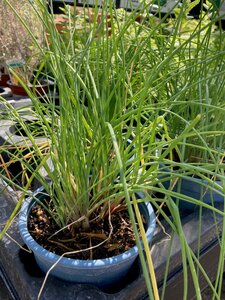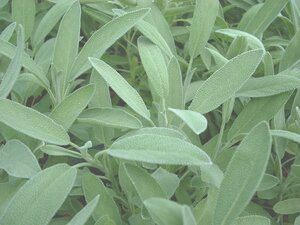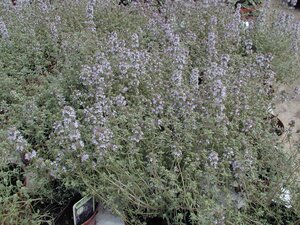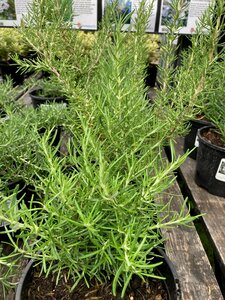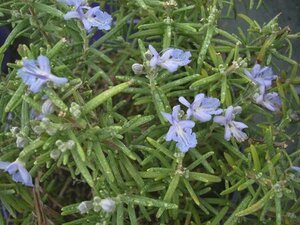Herbs & Vegetables
Grow Your Own, fresh from the garden, it's easier than you think! All our herbs & vegetables are grown on our very own nursery, they are grown peat free and chemical free, so you are getting a better quality plant for your garden. For our full range of herbs & vegetables, please visit your local branch of Thompson's. Below are a few of our more popular varieties.
Herbs available all year round, vegetables available from late March.
Filter products
Growing herbs is easy
If you love gardening and cooking, growing your own herbs is the perfect way to bring those passions together! There's nothing quite like stepping into your garden and picking a handful of fragrant, flavour-packed herbs to transform your next meal. And the best part? Many herbs are easy to grow, even in the unpredictable UK climate. With a little care and the right know-how, your garden—or even a sunny windowsill—can become a haven of culinary delights.
Choose your favourite herbs from Thompson's
Not all herbs are created equal when it comes to the British weather—but plenty will flourish beautifully. Some of the easiest and most rewarding herbs to grow include chives, mint, parsley, rosemary, sage, and thyme. Think about which herbs you use most in your cooking—nothing beats the intense, fresh aroma of homegrown herbs sprinkled over pasta, soups, or roast vegetables.
At Thompson’s, we take the hard work out of growing from scratch. We raise our herbs in handy 9cm pots, ready to pop straight into your garden. For a head start, we also grow them on in larger 12cm pots, giving you stronger, more established plants from the get-go. From classic rosemary and mint to the more unusual cardoon, we’ve got an incredible range of herb varieties just waiting for a home in your garden.
Did you know that here at Thompson's we grow our own herbs. We have all your favourite herbs including Rosemary, Mint, Parsley, Chives, Cardoon, Sage, Thyme, with many varieties of each to choose from.
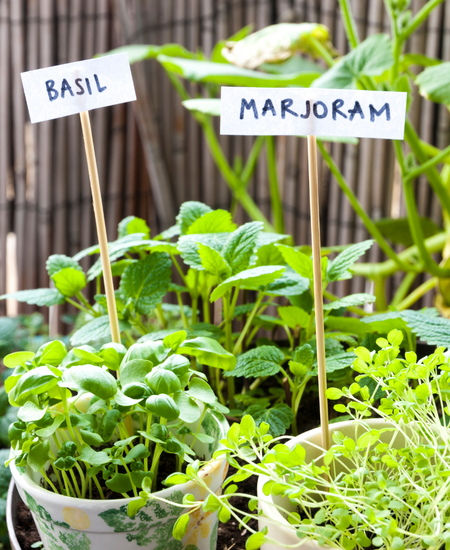
Where to plant herbs?
Most herbs are sun-lovers! They thrive best in a location that gets at least six hours of direct sunlight a day. Whether you have space in your garden border, a few pots on the patio, or a window box by the kitchen, make sure the soil is well-draining yet retains moisture. Herbs don’t like soggy roots, so good drainage is key. Raised beds, hanging baskets, and even old tubs can make charming and practical herb gardens!
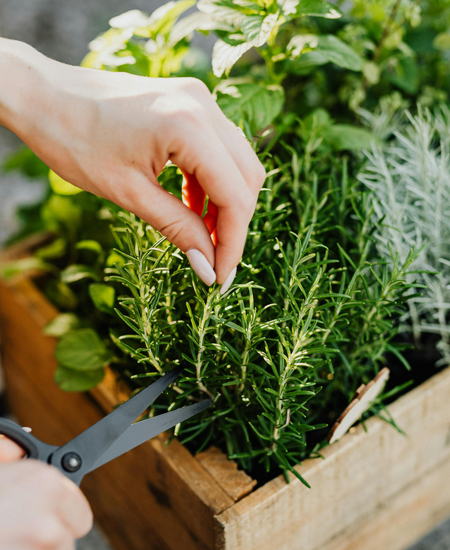
How to plant your own herbs?
To give your herbs the best possible start, prep your soil by clearing weeds and adding nutrient-rich compost or organic matter. Follow the planting instructions provided, spacing your herbs to allow good airflow. Water regularly—especially during dry spells—but avoid overwatering. A monthly feed with an organic fertiliser will keep your plants lush and productive all season long.
When to harvest herbs?
One of the joys of herb gardening is that you can begin harvesting as soon as the plants are big enough. Just be sure not to snip off more than a third of the plant at a time to keep it healthy. Want the best flavour? Harvest in the morning, before the sun gets too strong. Regular trimming doesn’t just give you fresh herbs—it encourages new, bushier growth and keeps your plants looking their best.
Start growing herbs with Thompson's
Need help choosing the right herbs? Want tips on how to grow them successfully? Drop by your local Thompson’s Garden Centre—our passionate team is always happy to offer expert advice and help you build your dream herb garden. Whether you're a seasoned green thumb or just starting out, we’ve got everything you need to grow herbs that you (and your kitchen) will love.
For more advice, please visit your local branch of Thompson's Garden Centre, where we are more than happy to help you select the best herbs for your garden.

